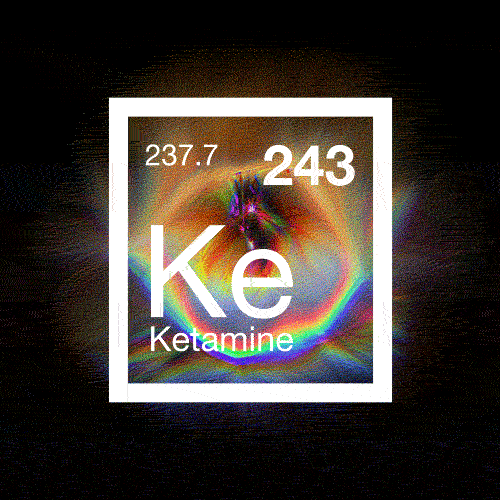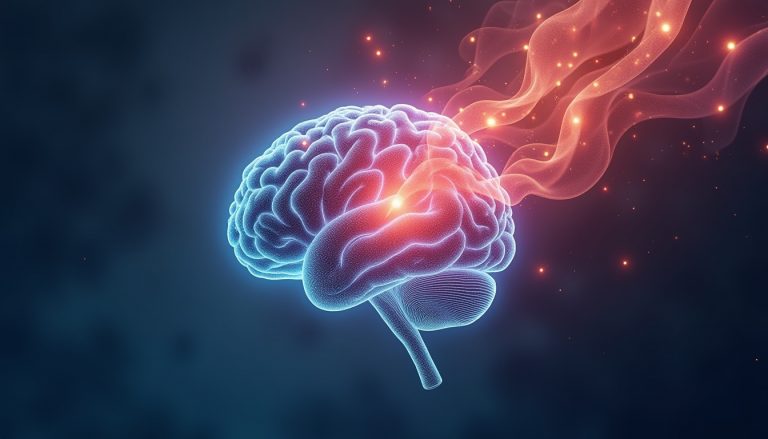Ketamine for PTSD: Understanding Its Benefits

Ketamine for PTSD
Post-Traumatic Stress Disorder (PTSD) is a complex condition that can profoundly impact daily life. Traditional treatments, such as psychotherapy and medication, may not be effective for everyone. Ketamine therapy is emerging as a promising option for those struggling with PTSD. This blog explores how ketamine can be used to treat PTSD, its benefits, and what you need to know before starting treatment.
How Ketamine Works for PTSD
Ketamine’s unique mechanism makes it a potential game-changer for PTSD treatment. Unlike conventional antidepressants, which primarily target serotonin levels, ketamine acts on the glutamate system. It blocks NMDA (N-methyl-D-aspartate) receptors, leading to increased glutamate release and the promotion of new neural connections. This process helps rewire the brain and reduce the symptoms of PTSD. Read more about ketamine’s effects.
Benefits of Ketamine for PTSD
- Rapid Relief: Ketamine often provides quicker relief from PTSD symptoms compared to traditional treatments. Many patients report significant improvements within hours or days of their first session.
- Effective for Treatment-Resistant Cases: For individuals who have not found relief with other treatments, ketamine offers a new avenue for symptom management. It has shown efficacy in cases where traditional therapies have failed.
- Enhanced Emotional Processing: By altering brain activity, ketamine can help individuals process traumatic memories and emotions more effectively, which is crucial for PTSD treatment.
Ketamine for PTSD
During a ketamine session, you will receive the medication in a controlled setting. Depending on your treatment plan, ketamine may be administered intravenously (IV), intranasally (nasal spray), or orally. The experience may include sensations of dissociation or altered perception, which are temporary and typically resolve after the session. Your healthcare provider will monitor you throughout the treatment to ensure safety and comfort.
Post-Treatment Considerations
After a ketamine session, you may experience temporary side effects such as nausea or disorientation. It’s important to rest and avoid making major decisions immediately following treatment. Keep track of any changes in your symptoms and discuss them with your healthcare provider during follow-up appointments. This will help tailor the treatment to your needs and optimize results.
Conclusion
Ketamine therapy offers a novel and effective option for treating PTSD, particularly for those who have not responded to traditional treatments. By understanding how ketamine works and what to expect from the therapy, you can make an informed decision about incorporating it into your treatment plan.
Use promo code buyket to receive 10% off your first order.
Shop now for ketamine products and services at Buy Ketamine Canada.






